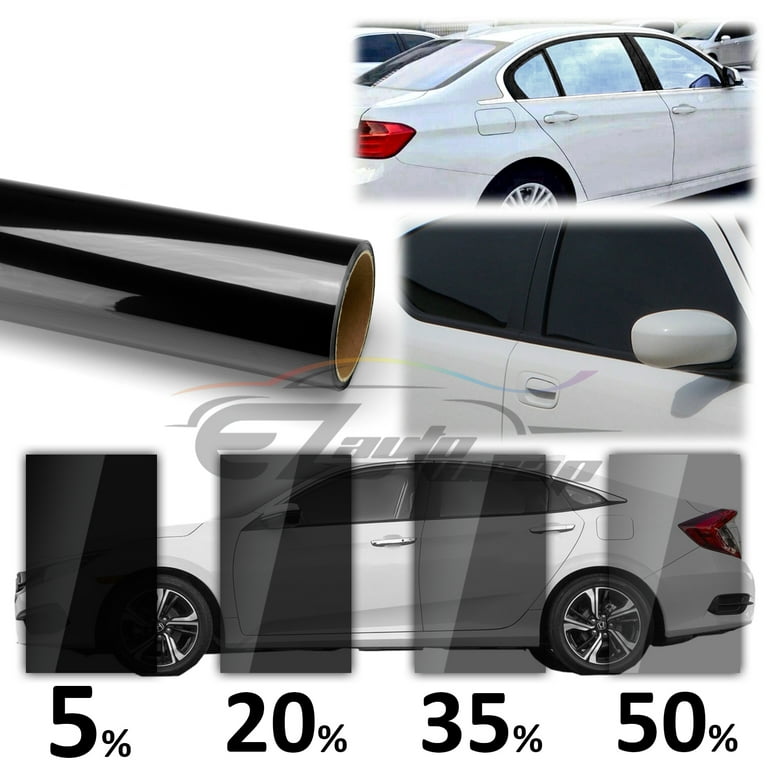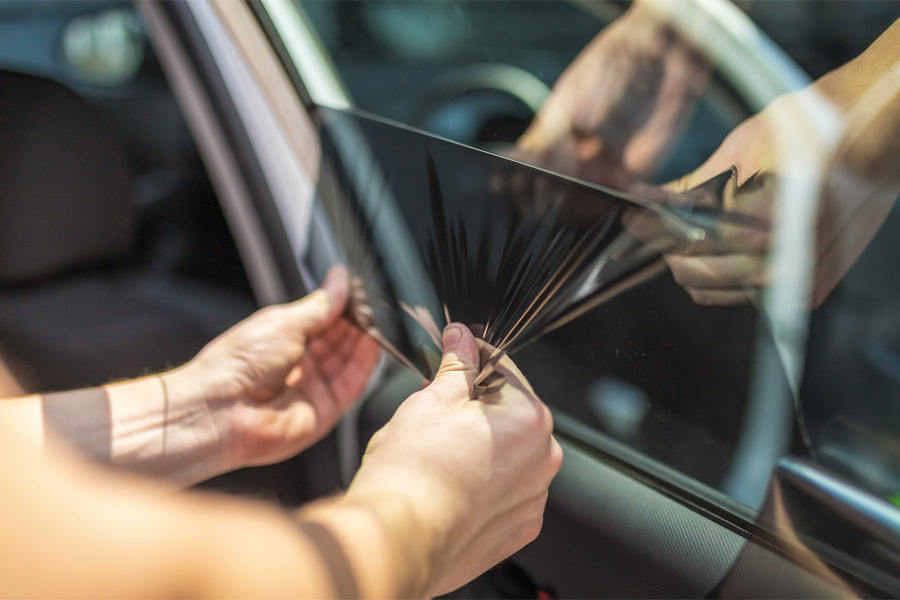Window Tinting Regulations and Standards: What You Need to Know Prior To Tinting Your Car
Before waging home window tinting for your vehicle, it is vital to acquaint yourself with the diverse legislations and standards that regulate this technique throughout different states. These policies dictate the permitted degrees of color darkness, usually measured by noticeable light transmission (VLT) portions, and consist of details stipulations for front windshields aimed at making certain road security. Furthermore, particular territories may offer medical exceptions for people with certifying conditions. Comprehending these intricacies can save you from potential lawful ramifications, yet what are the certain guidelines in your state?
Introduction of Window Tinting Rules
Window tinting regulations are often based on variation across various territories, showing regional laws and safety considerations. These legislations dictate the acceptable degrees of color darkness and reflectiveness on car home windows, guaranteeing that vehicle drivers keep appropriate visibility while additionally securing against hazardous UV rays and heat.
Most laws categorize home window tinting based on the Visible Light Transmission (VLT) percent, which suggests the quantity of light that can pass via the home window. Typically, reduced VLT percents signify darker tints. Laws commonly differentiate in between the front, side, and back windows, with more stringent limitations put on the front windscreen to boost safety for both the motorist and various other road individuals.
Furthermore, some territories impose restrictions on the reflectivity of the color, protecting against too much glow that could harm presence. Exceptions to these legislations might exist for individuals with particular clinical conditions calling for extra sun protection. Conformity with home window tinting laws is crucial, as infractions can cause fines, obligatory elimination of the color, and potential increases in insurance policy costs. For that reason, it is essential for vehicle proprietors to acquaint themselves with neighborhood legislations prior to proceeding with window tinting installations.
State-by-State Tint Rules
Recognizing the specific window tinting guidelines in each state is important for lorry proprietors seeking to adhere to the law. Each state in the united state has actually established its very own set of policies regulating home window tinting, which can vary dramatically. These regulations typically determine the permitted levels of tint darkness, the types of home windows that can be tinted, and any type of medical exemptions that might apply.
As an example, states like The golden state have stringent restrictions on tint darkness for front home windows, while others, such as New Mexico, might permit darker colors. Furthermore, specific states mandate details presence portions for different home windows, including the windscreen, front side home windows, and back home windows. It is crucial for car proprietors to acquaint themselves with their state's legislations to stay clear of possible fines or penalties.
Furthermore, some states might call for a certification sticker label to be positioned on colored home windows, indicating compliance with state laws. Failing to stick to these laws not just risks legal consequences but can additionally impact security and visibility while driving. Car proprietors ought to perform complete research study or speak with regional authorities to ensure complete understanding and conformity with state-by-state tint guidelines.
Allowed Tint Types and degrees
Numerous car owners may be shocked to discover that permitted color levels and types vary extensively throughout various states. Each state has developed its own policies regarding the permitted darkness and reflectivity of home window color, usually determined by Visible Light Transmission (VLT) percents. VLT refers to the quantity of light that can pass via the tinted home windows; therefore, a lower percent suggests a darker color.

Furthermore, the kinds of tint materials allowed can vary, with some states forbiding mirror-like or metal finishes. It is important for vehicle owners to acquaint themselves with their state's particular laws to make sure conformity. Non-compliance can cause fines, compulsory removal of the tint, or other legal effects, making it important to recognize these guidelines prior to proceeding with installation.
Medical Exceptions for Tinting
While not all states give allowances for clinical exceptions concerning window tinting, those that do recognize the necessity for details people to boost presence and comfort as a result of medical problems. Various clinical conditions, such as lupus, skin cancer, and specific eye problems, can provide individuals particularly conscious sunshine. Consequently, these individuals might call for darker tints to protect themselves from damaging UV rays and glare.

It is essential to keep in mind that also with a medical exemption, there might still be restrictions on the degree of color allowed. Conformity with state regulations ensures that individuals are both safeguarded and within legal limitations. Those considering medical exemptions should call their local Department of Electric motor Automobiles or equal authority to comprehend the treatments and demands required to obtain an exception effectively.
Penalties for Non-Compliance
Failing to adhere to home window tinting regulations can cause significant fines, which differ by state. Police are encouraged to issue citations for automobiles that read the article do not stick to the defined tinting guidelines. These charges generally consist of penalties, which can vary from modest total up to several hundred dollars, depending on the intensity of the offense and the state in question.
In some territories, repeated offenses may cause rising fines or extra charges, such as obligatory court appearances. Non-compliance might necessitate the elimination of prohibited tinting, often news at the proprietor's expense. In severe instances, habitual wrongdoers may face suspension of their car enrollment up until compliance is attained.
In addition, insurance policy implications might develop from obtaining several citations for home window color infractions. Insurance providers might see such offenses as a sign of riskier behavior, potentially resulting in increased costs or problem in coverage.
To prevent these charges, it is crucial for vehicle proprietors to familiarize themselves with their neighborhood window tinting legislations and guarantee that their vehicle complies (Window Tinting). This proactive method not just avoids legal implications yet likewise advertises road safety
Final Thought

Many policies categorize home window tinting based on the Visible Light Transmission (VLT) percentage, which shows the quantity of light that can pass through the home window. Compliance with window tinting regulations is critical, as violations can result in fines, mandatory elimination of the tint, and potential rises in insurance coverage costs.Recognizing the certain window tinting guidelines in each check these guys out state is vital for car proprietors looking for to comply with the legislation. These policies usually determine the allowed levels of color darkness, the types of home windows that can be tinted, and any clinical exemptions that might apply.
For circumstances, states like The golden state have stringent constraints on color darkness for front windows, while others, such as New Mexico, may allow darker tints.
Comments on “Auto Window Tinting: Enhance Convenience and Minimize Glow While Driving”